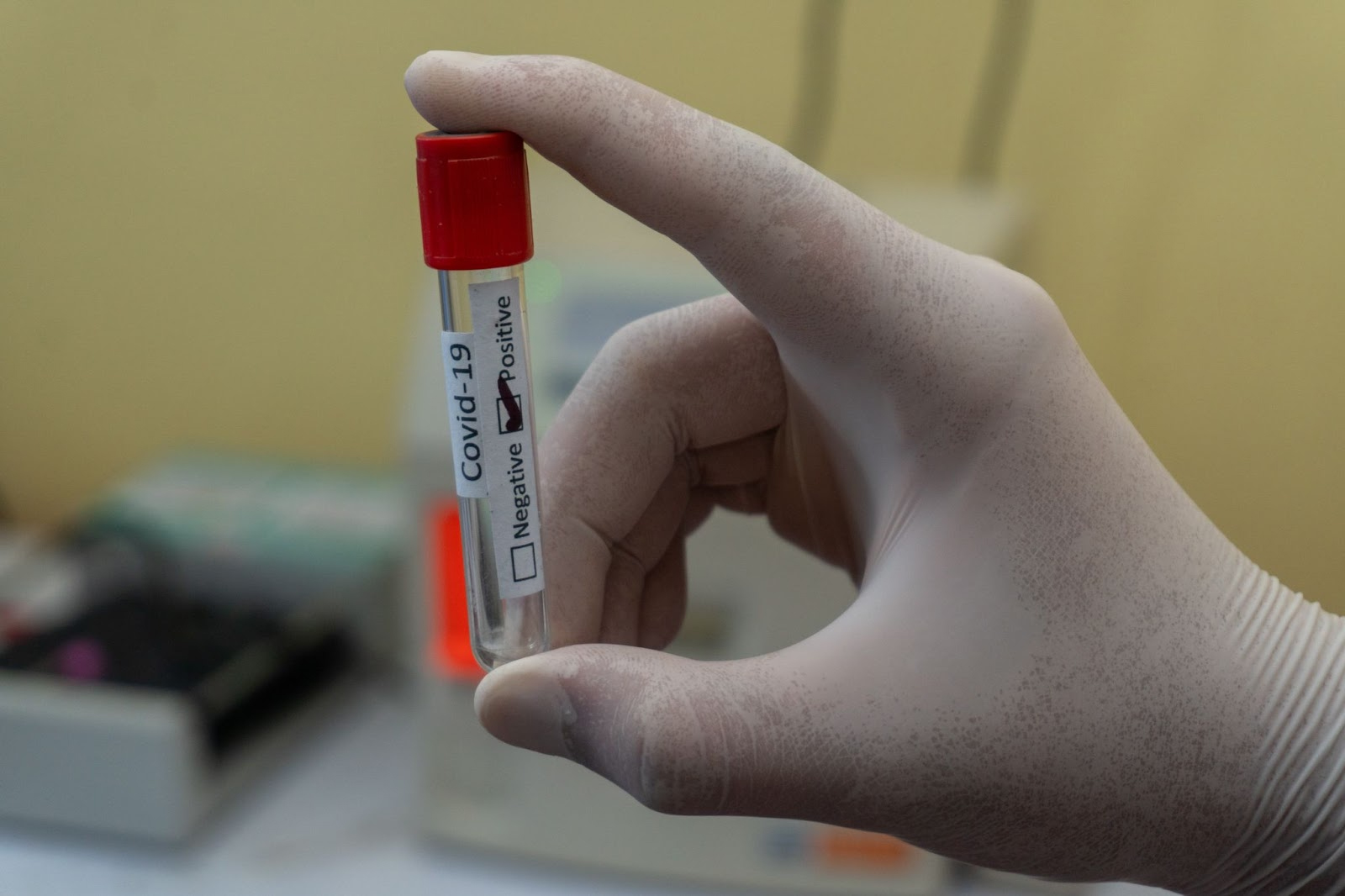
Well, in 1988, he was a 5-year-old boy suffering from a rare blood disorder. He was first confronted with the world’s first umbilical-cord blood transplant from a newborn sibling. From them, the journey of cord blood has been amazing and flourishing.
In today’s world, though many are unaware, cord blood banks exist to help people with more than 80 diseases. Some of the diseases occur in the human body, which needs transplants. These are the emergencies when you need the help of cord blood banks.
Today we have both options available in the market:
- Private cord blood banks.
- Public cord blood banks.
However, the processes of working for these two banks are different. Here we are going to discuss the instances of cord blood banking and its benefits and limitations for the people so that you can understand the worthiness of these banks.
What Is Private Cord Blood Banking?
Well, cord blood banking is the storing process of the umbilical cord of newborn babies. Mainly cord blood is found in the placenta of the mother and the attached umbilical cord of the newborn baby. The stem cells remaining in cord blood can help treat genetic and hematopoietic disorders.
Well, it is a lifetime chance to get stem cells, and thus the storing process came into people’s minds during the 1990s.
However, private cord blood banks collect the cord blood of a newborn baby as an investment. So, you will need to pay for it to store your child’s cord blood in private banks. This continuous payment is an investment to ensure that the cord blood is stored for your personal usage for more than 15 years.
What Is Public Cord Blood Banking?
So, the public cord blood banks work with donors who willingly donate the cord blood of newborn babies to save someone else’s life. Comparatively, public cord blood banks have provided 30 times more cord blood for treatment than private banks.
Is It Worth Storing Stem Cells In Public And Private Cord Blood Banking?
Well, everyone is welcome in the public cord blood banks. So, people mostly go to public cord blood banks to mitigate their cord blood needs. Cord blood helps treat diseases like acute and chronic leukaemias, sickle cell anemia, lymphoma, thalassemia major, et cetera.
After understanding these critical chronic diseases, people want to be secure with the cord blood banking industry. To secure their family’s future and the particular donor, they try to secure the cord blood of their newborn baby for their future usage.
In private cord blood banks, it is possible to store your own cord blood for your personal use. So, there is a guarantee that you will get cord blood when you need it in the future. This is why this investment becomes expensive for many people.
Limitations
Apart from the above-mentioned diseases, cord blood banking also works in bone marrow reconstitution.
But when transplanting the bone marrow, considering your own stem cells may not work. Well, in such situations, autologous hematopoietic stem cells perfectly match your own body. However, it may not be compatible with bone marrow reconstitution because the same cells may contain the same disease.
Even if you are considering sibling stem cells, it may match up to 25%, which again does not go with the bone marrow reconstitution process. So, here you need to consider allogeneic donors to take their stem cells.
Moreover, in private cord blood banks, the investment is expensive and not possible for all common people to consider this service. On the other hand, the number of public cord blood banks is limited.
Considering all these limitations, it is clear that we cannot avoid the essence of cord blood banks. However, in the future, with innovation and development, we can excerpt better treatment processes and storing techniques, including regulation changes.
Comments
comments